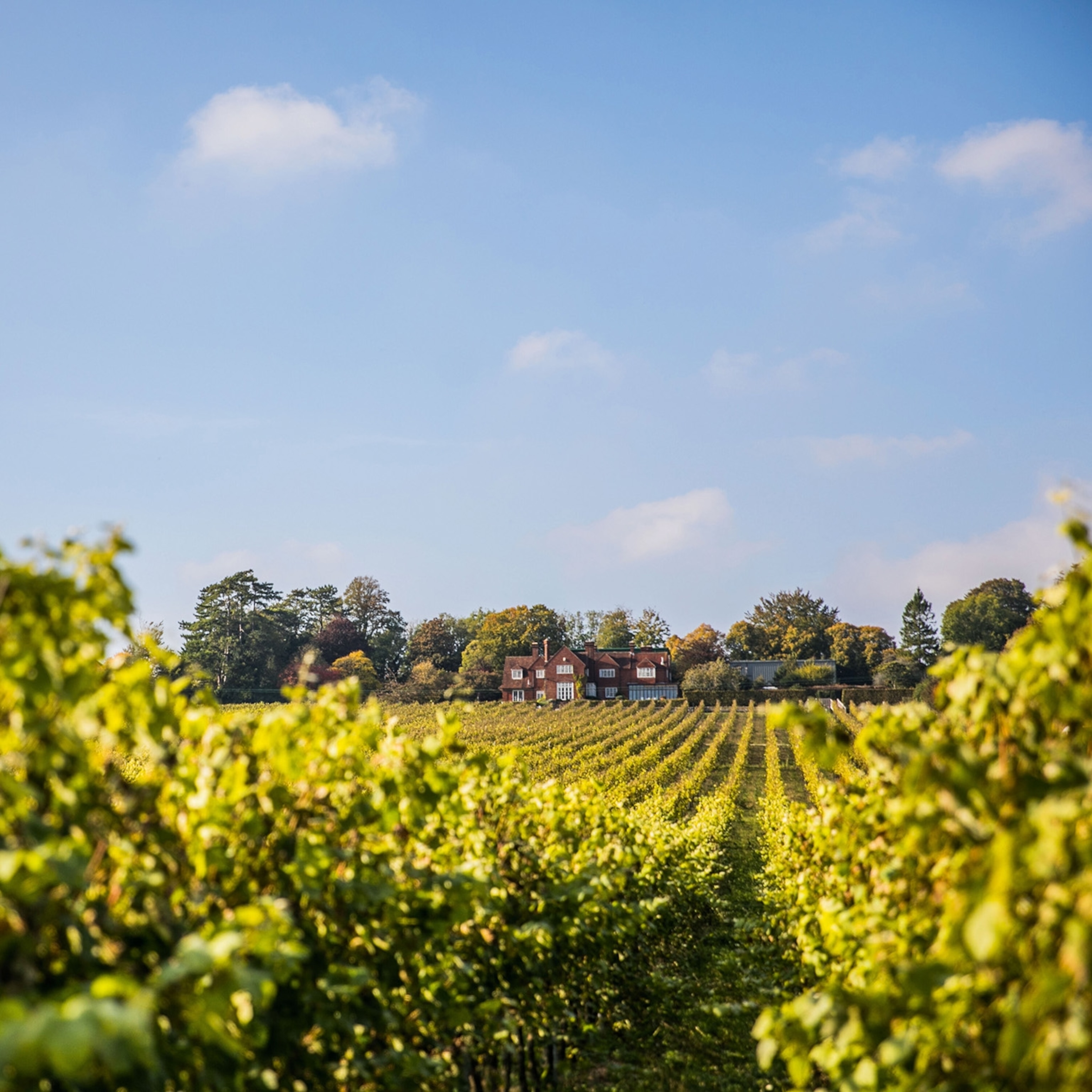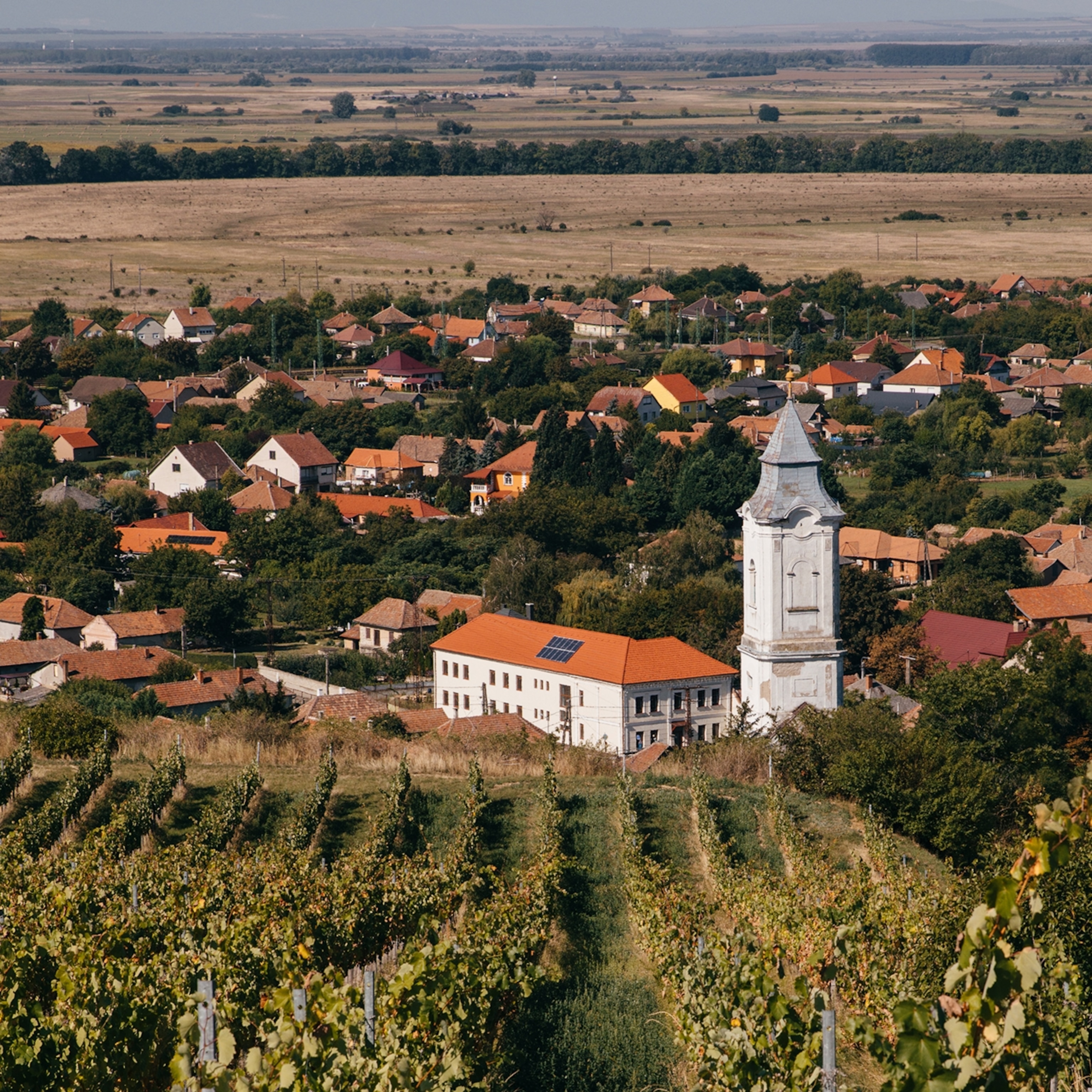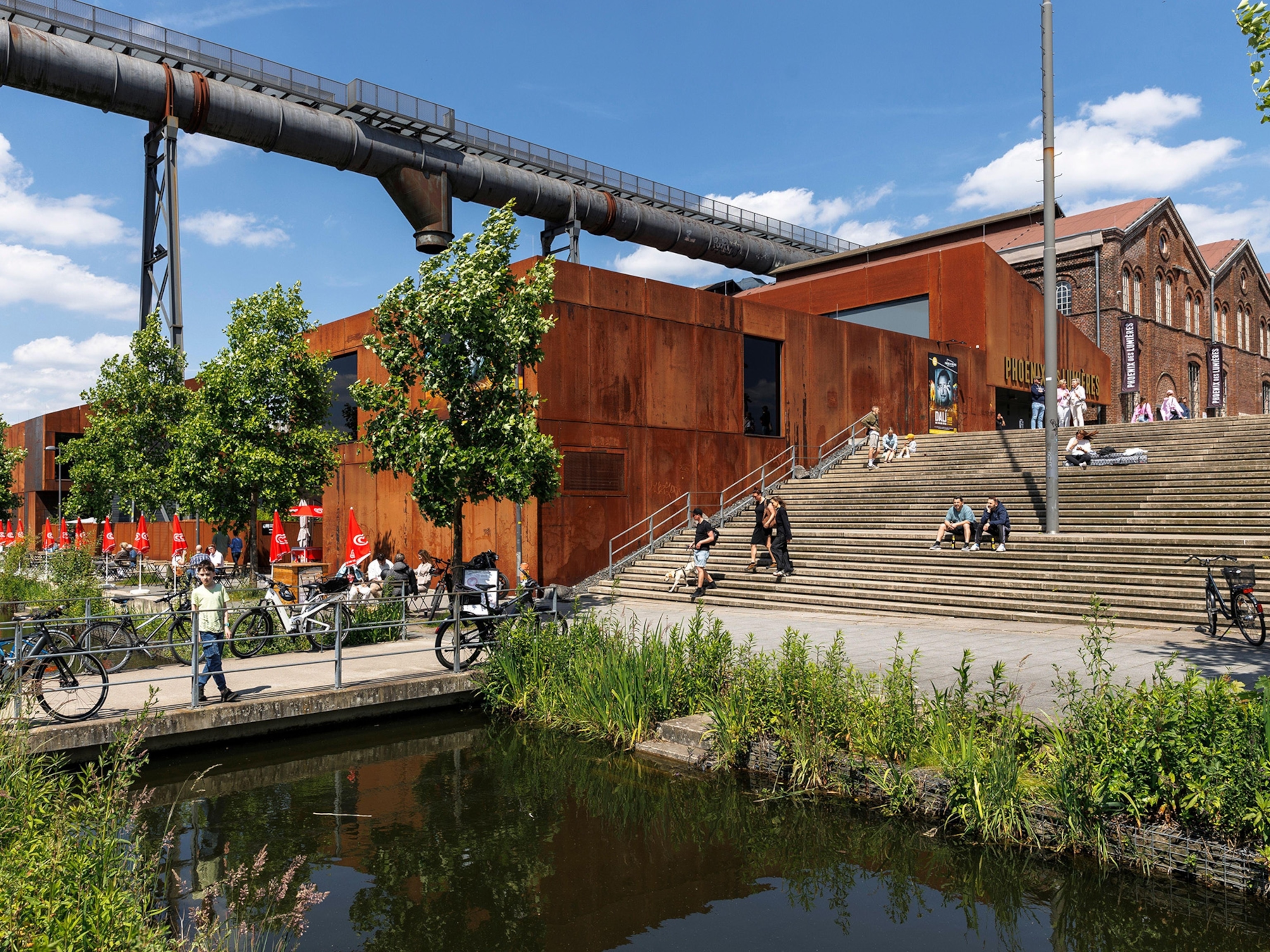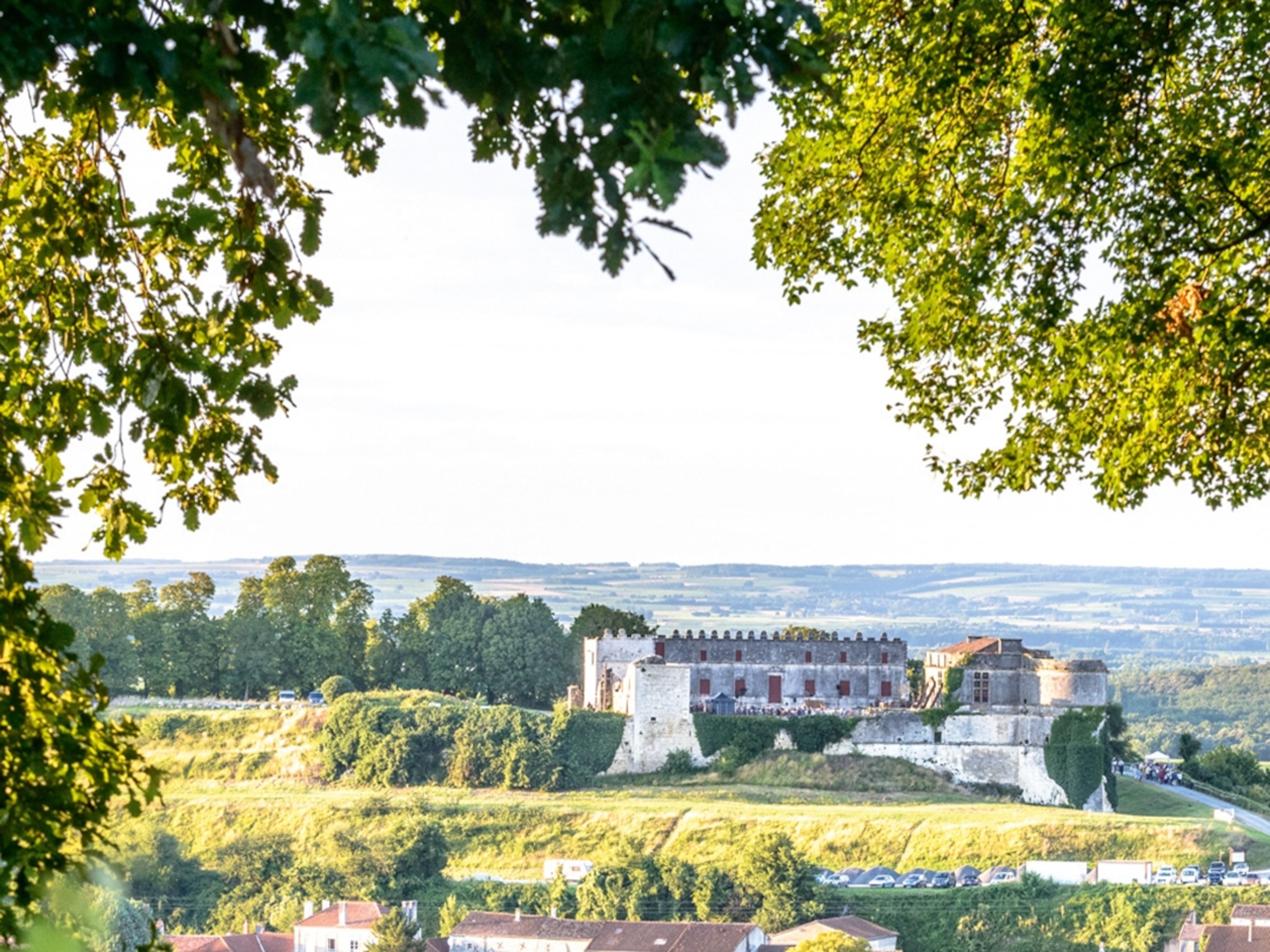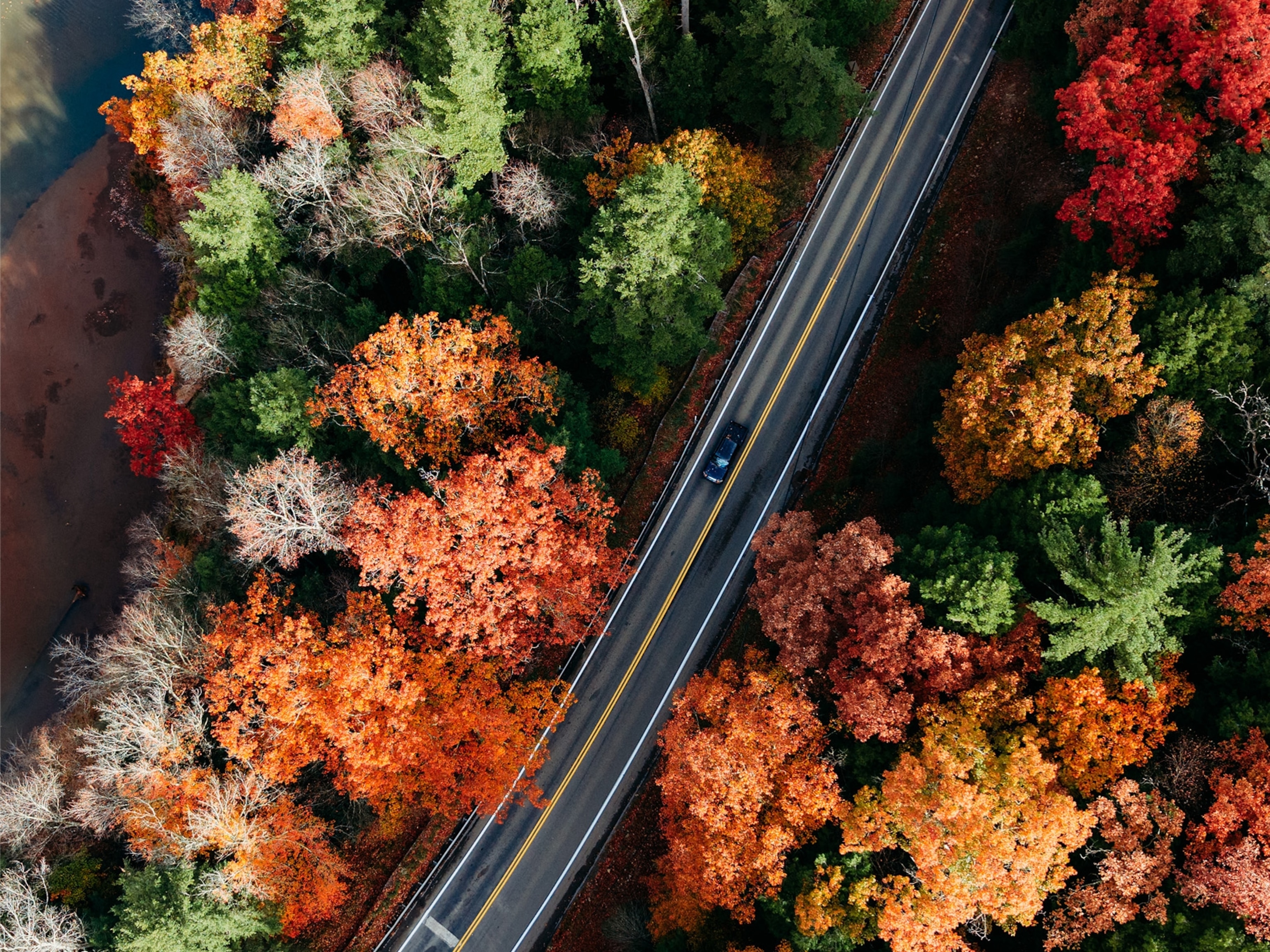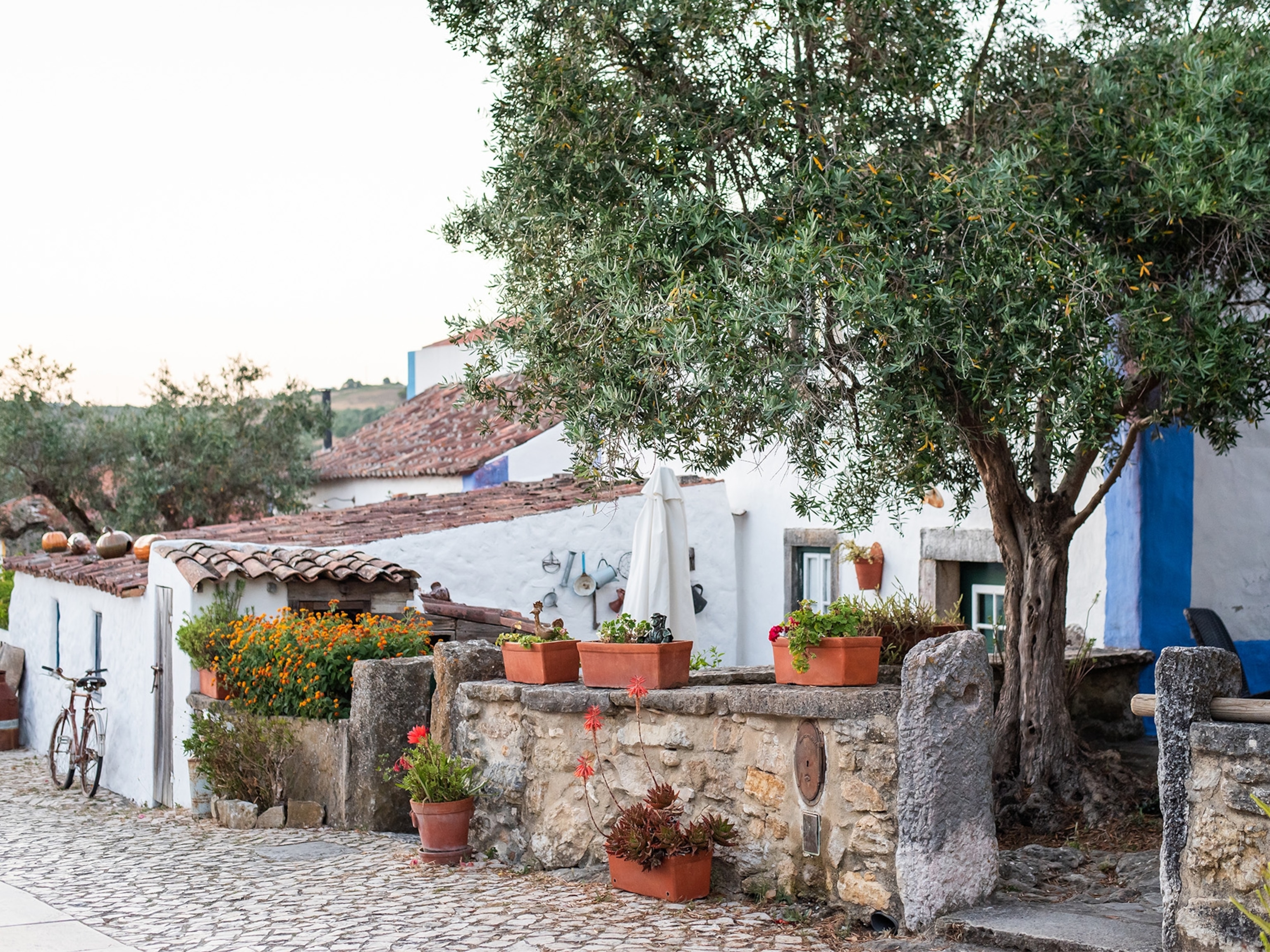
Napa beyond the vineyards: innovative local restaurants and gutsy craft beer
It may be synonymous with vineyards and bold Cabernet Sauvignon, but dig deeper and you'll find experimental menus rich in local produce and a gutsy craft beer movement that prove there's more to the region than grapes.
On the sidewalks of St Helena, just over an hour north of San Francisco, it feels hot enough to fry an egg on the pavement. It’s around 35C on the manicured high street of the wine town, the heat radiating across the clipped rows of the surrounding vineyards. So naturally, I blame thirst for driving me into a cool tasting room at just 11am. Not that I should have to explain myself; this is Napa Valley, where drinking is encouraged.
Surrounded by steel tanks and barrels, effervescent assistant Zack spends an hour pouring me samples. Then, a dozen boozy splashes in, when things have gone pleasantly fuzzy and the outdoor heat has faded to distant memory, he pulls out one final bottle. “This,” he says, filling my glass, “is really special; it has notes of mandarin and lemongrass.” I breathe in the zesty aromas and sip deep. Now that’s one heck of a beer.
Yes, beer in Napa Valley, America’s most famous wine region. Here, where most worship at the altar of the grape — specifically, bold, tannic Cabernet Sauvignon — it takes imagination to do something different. More than that: with both tourism and local economics skewed heavily towards wine, it also takes guts.
Nile Zacherle, founder of Mad Fritz Beer, definitely has that. While training in brewing decades ago, he found the increasingly generic ingredients used in mass-market beers uninspiring, so switched to winemaking. Later, as the craft beer movement grew, he saw a gap in the market for a quality Napa variety and started Mad Fritz alongside his vinous day job.
“Imagine all wineries got their grapes from exactly the same place,” Nile explains to me. “That’s pretty much what commodity brewing is. But we wanted authenticity of origin behind our ingredients.” In other words, Nile wanted to make his beers like wine, sourcing grain carefully (he grows some himself), malting in house, barrel-ageing in French oak and bottle conditioning. His brews range in style from the citrussy white ale I am sipping to botanical-infused gruit, and contain bases like spelt or heirloom blue corn. His piece-de-resistance Napa Ale is a “reflection of time and place”, using Oak Knoll District barley and local hops. Obviously — I think to myself, polishing off my beer and heading back into the St Helena sunshine — this valley can grow more than grapes.


Napa hasn’t always been about wine. Before the landmark Judgment of Paris in 1976, when Californian vintages triumphed over French in a blind panel tasting (depicted in the film Bottle Shock), this sun-drenched corner was a hippie, agricultural backwater. But in 50 years, it’s become one of the world’s most prestigious wine regions, with its Cabernet Sauvignon-dominated reds fetching triple-digit prices. Multimillion-dollar wineries now line thoroughfare St Helena Highway, sometimes charging up to £82 per head for a tasting. Chic wine towns like Yountville or Calistoga are punctuated with five-star hotels.
Despite appearances, though — as Mad Fritz proves — there’s more to this 30-mile-long valley than wine tourism. Even as consumer demand has pushed up the vineyard acreage, some businesses still do things differently. Farmers like Peter Jacobsen in Yountville use the land to grow organic figs, pears and rare tomato varieties. In his case, for some of California’s top restaurants — including Thomas Keller’s three-Michelin-starred The French Laundry.
One of Jacobsen’s other clients is Philip Tessier, chef at stalwart steakhouse PRESS in St Helena. He joined in 2019 and has since transformed it into a Napa produce-focused fine dining restaurant.
“When I took over, it was all steak with Cabernet Sauvignon,” he tells me in the restaurant kitchen later that evening, after the sun has set and the day’s heat is on the wane. “But that’s a one-dimensional programme. There’s diversity and experimentation in the valley, and a tasting menu gives us the opportunity to showcase things people don’t consider when they think about Napa.”
The valley’s unique growing seasons drive the menu. As I head towards my table for dinner, Phil says, “We get tomatoes all the way through to October and squash seven months of the year. The only challenge is deciding what to choose.”
At a table on the terrace, I work through dishes with verdant pea, bright sweetcorn and basil. His signature dish, squash blossom-wrapped ricotta gnudi with parmesan consomme, is rich yet delicate. By the time I get to the white asparagus, served with American wagyu ribeye cap in an elevated homage to the restaurant’s steakhouse roots, I feel like I’ve devoured a field’s worth of fresh produce.

Next day, I head to Napa city, the valley’s largest settlement, to get a sense of what’s on locals’ everyday menus. In contrast to the rural-ritzy tourist towns of St Helena, Yountville and Calistoga, Napa feels ‘real’, with busier streets, bars and affordable restaurants. And a fabulous food hall: the Oxbow Public Market.
Inside, I’m caught up in the lunchtime rush. Hot dogs topped with red onion, sauerkraut and relish are taken out onto the sun-splashed terrace for devouring. Oozy gouda and chicken paninis are smothered in jalapeño aioli. All around, stalls are brimming with sweet-smelling stone fruit, and shelves are stacked with olive oils, chocolates and spices. I’m tempted by some oysters — not from Napa, but harvested just 50 miles away — but I hold myself back; I’ve got other dining plans.
It’s mid-afternoon when I finally arrive at Buster’s Southern BBQ, a 40-minute drive up the valley in Calistoga. Open since 1965, this unassuming spot lacks pretence, dishing up lunchtime beef ribs, pulled pork and hot links from a kiosk window. As I polish off my coleslaw in the shady outdoor dining area, the trendy hot spring spas of the town’s high street and its grand tasting rooms feel pretty distant.

It’s even hotter than yesterday. That’s no surprise; Calistoga is among the sultriest of Napa pockets, set in an arid corridor that feels like the Kalahari this afternoon. So, when I enter Tank Garage Winery, set inside a 1930s petrol station across the street from Buster’s, the lights are off. The town’s power supply has been temporarily cut to save everyone’s full-blast air-con from overwhelming the electricity board.
Thankfully, it’s cool in here. In more ways than one: with old gas pumps and vintage signage, Tank isn’t your typical Napa winery. Gazing at the tasting list, I can see that’s different, too, littered with grapes like Barbera, Trousseau Gris and Mourvèdre. There’s a sparkling skin-fermented Pet Nat and even a carbonic maceration white.
“Around 93% of California is planted with the usual suspects: Cabernet, Chardonnay, Pinot Noir,” South Africa-born winemaker Bertus van Zyl tells me. “But there’s 7% that is oddball and super interesting. I love wines that are stylistically higher in acid, more old-world in style.” In short, Tank wines aren’t your traditional hefty Napa reds.
As I taste my way through the quirky range, I learn every wine is a one-off — even if grapes are sourced from the same vineyards each year, they’ll never be blended or vinified in the same way twice. Innovation is the aim — so long as it’s delicious, anything goes.
The La Loba white, with Petit Manseng and Bianchetta Trevigiana, is a particular favourite of mine. But the grapes don’t come from Napa; Bertus sources them from El Dorado County, while the fruit for his other wines largely comes from nearby regions like Sonoma and Mendocino. Napa’s high land prices mean you can’t justify growing such niche grapes here; it simply doesn’t make financial sense.
As the lights come back on, another challenge — apparent during my two sweltering days here — is explained to me: the reason the power is cut on hot days is because it reduces the risk of overloading the grid and, in turn, fires. Napa has already known too many of those; in 2021, devastating blazes burned through its Meadowood resort.
“We’re dealing with forest fires, but also frost, record-breaking rain and flooding as well,” says Bertus. Along with the other producers in Napa, he’s at the frontline reacting to these effects — and recognises the need to think ahead.
Could there be any better argument for diversification in the valley? Relying on Cabernet Sauvignon means there’s no Plan B. Innovation by people like Bertus — whether through hardier grape varieties or new growing locations — can provide options to face the uncertain future. “The best thing we can have in the long-run,” he says, as I take my last sip of his unique wine, “is creativity.”
A taste of Napa
The design of this winery just outside Napa city turns heads: a minimalist, white-washed block with a window-lined tasting room. The wines are effortlessly cool, too, lower in alcohol than many other valley wines, relatively restrained and beautifully balanced. Come for a pairing experience and you’ll get a handful of must-try tipples alongside a feast that beats the bland charcuterie boards of some other spots. Expect wedge salad with herbed tahini and crispy quinoa, or tender chicken with chickpeas, marinated peppers and chorizo. £136 for a wine and food pairing lunch, with four wines and five dishes.
Bear
This chic yet unfussy restaurant at the new Stanly Ranch hotel is the perfect example of Napa city’s growing gourmet food scene. Grab a seat on the terrace at sunset and dive into Californian ingredients given a globe-trotting dressing up: think honeynut squash with bee pollen and guajillo chilli. It’s delicious and surprising in equal measure. £70 for three courses, excluding wine.
At Francis Ford Coppola’s rambling wine estate, tastings are a real experience. Enter the opulent, French-inspired château and it feels like you’ve stepped onto a film set, with Persian rugs, lounge music and moody lighting — but then, would you expect less from the man behind The Godfather? The Cabernet Sauvignons are superb, but don’t miss the white Rhône-style blend Blancaneaux, with Viognier, Roussanne and Marsanne. Look out for the subtle art hung in the interior, painted by Coppola himself. Heritage Tasting £49.
America As You Like It has a seven-night Northern California Wine Country and Coast itinerary from £1,219 per person, including flights, car hire and room-only accommodation. It includes stops in Napa Valley, Sonoma Valley, Mendocino and San Francisco, with accommodation in Napa at Indigo Napa Valley.
Sign up to our newsletter and follow us on social media:
Facebook | Instagram | Twitter
